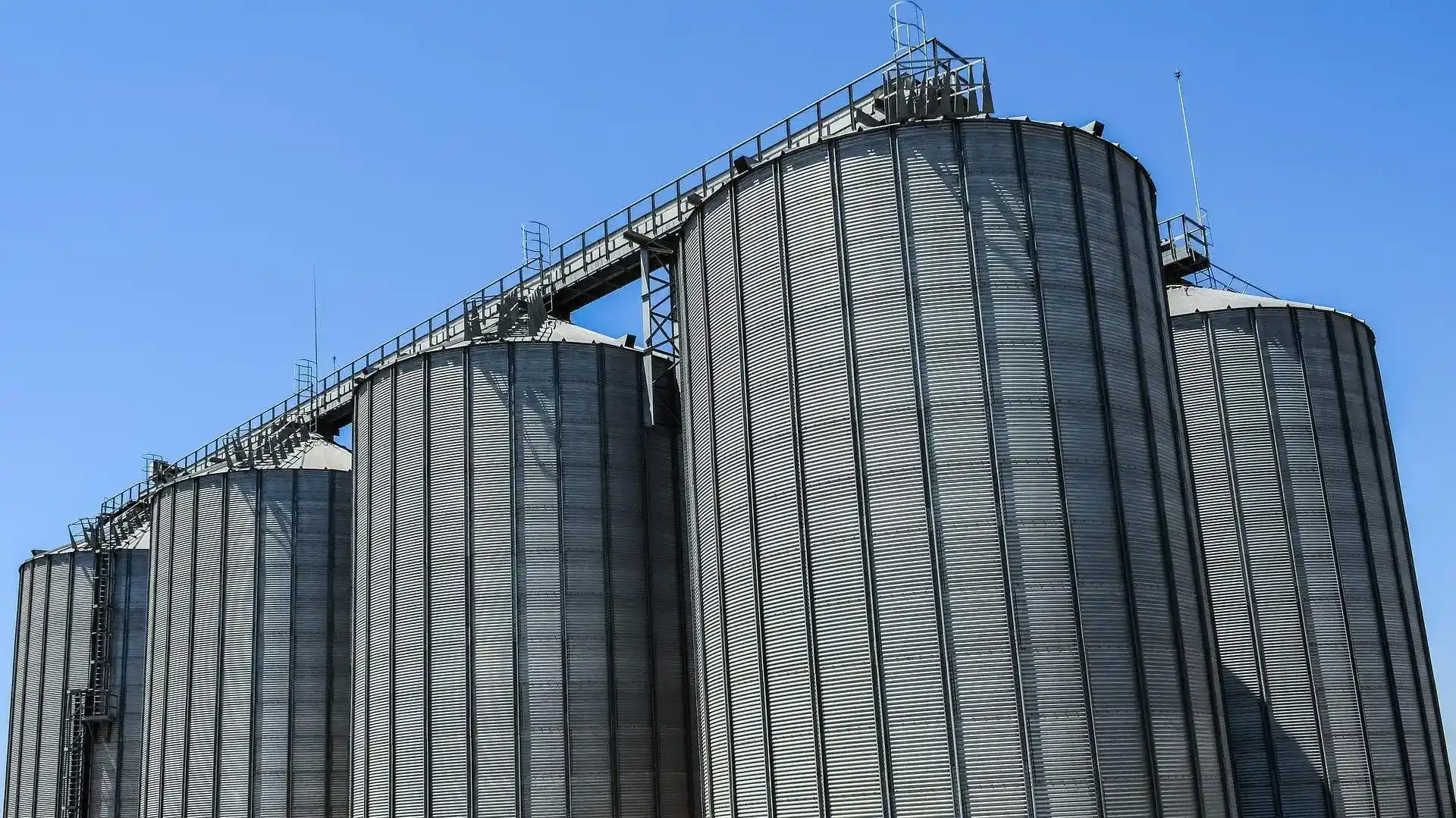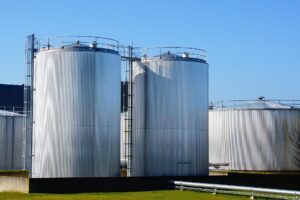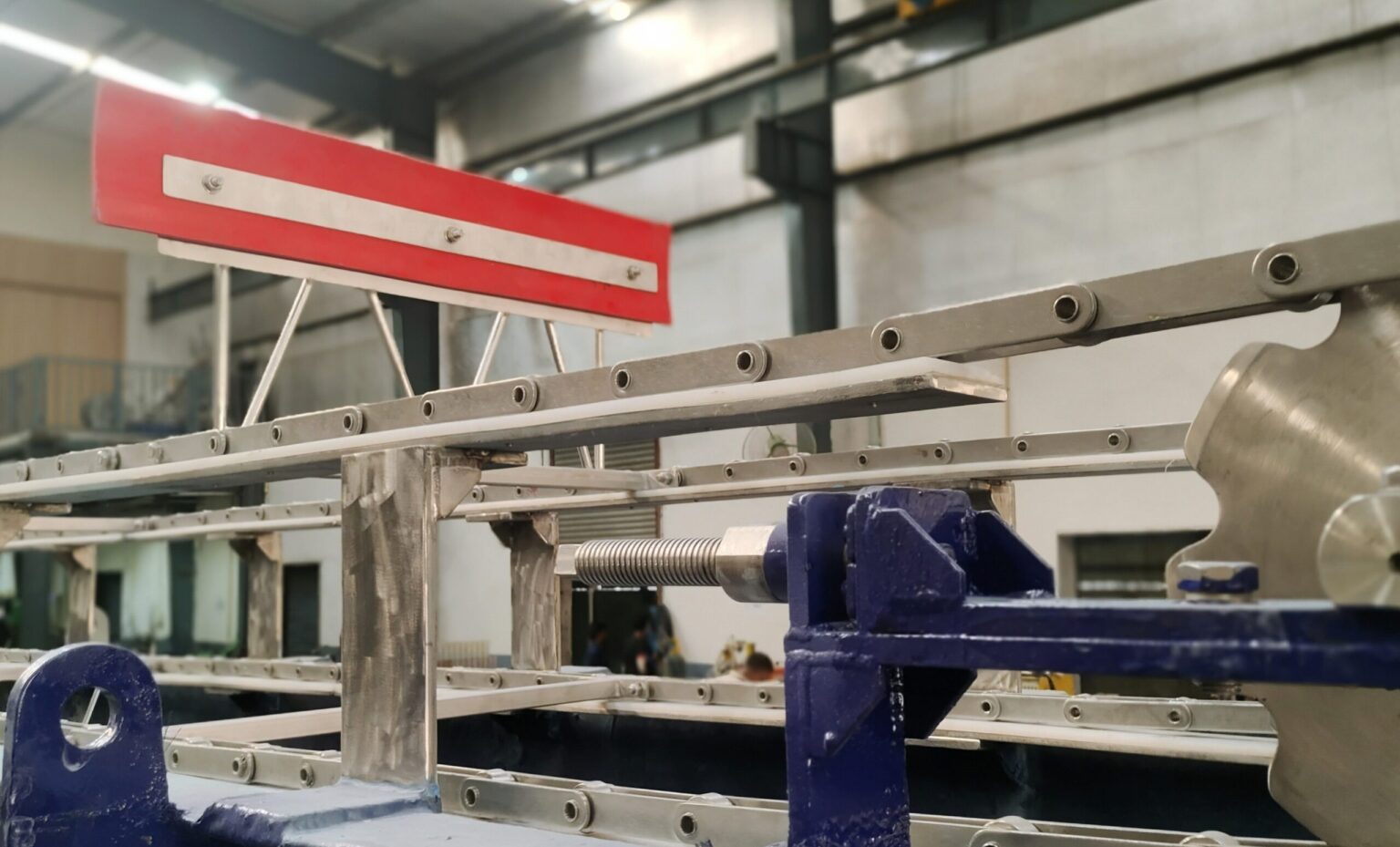Understand the Need and Process of Water Tank Cleaning

Tanks are used to hold various liquids in industries and municipalities. Depending on the product stored, these tanks are designed to hold large volumes of liquids either above the ground or underground. These vast tanks require regular effective cleaning for several reasons. For a better understanding of the tank cleaning process, let us begin.
What Is Tank Cleaning
Tank cleaning removes hydrocarbon vapors, liquids, and residues for chemicals, cargo, and petroleum products. Whereas, for potable water storage tanks, cleaning involves the removal of contamination and oil water separator.
Why Is Tank Cleaning Necessary
1. Tank issues: Before to doing maintenance and repairs, tank cleaning is regarded as required. This will involve emptying the tank, cleaning it, and ensuring there is no air within. Tank cleaning is typically done in preparation for repair work to creating a safe atmosphere for whoever performs the repair or inspection.
2. For internal inspections: The tank must be taken out of service, cleaned, and prepped for an inspector to enter the storage tank for inspection as per API 653 guidelines.
3. Change in the stored product: Tanks should always be cleaned before any material changeover or wastewater Tank to ensure that any previous material remains don’t contaminate the new material being stored. Another thing to remember is that a tank should be cleaned if it previously carried a highly reactive or corrosive material before fresh material is added to prevent a potential reaction between the various components (explosion, toxic gas release, fire, etc.)

Overview of Tank Cleaning Process
Before tank cleaning professionals get into action, the storage tank product is drained down by the owner or operator. The tank is emptied to the lowest suction nozzle leaving gallons of product on the tank’s floor below the lowest suction nozzle. The residue product on the floor post-draining must be removed before tank cleaning professionals perform the cleaning process.
A tank cleaning crew then eliminates all leftover residues from the tank’s withheld materials. This includes venting the tank, purging it of harmful gases, and squeegeeing the tank’s internal surfaces.
The interior is power washed, and several inspections are made to ensure no residue or lingering odors. Additionally, they will be cleaned and adequately ventilated if these are still present. The cleaning team will do a final inspection of the tank to ensure that there are no fumes and to check for cleanliness.
The cleaning process may encounter unforeseen problems. Because of this, it’s essential to have a clear decommissioning and backup strategy in place before anything goes wrong.
Issues Faced During Tank Cleaning
Some of the common issues faced while tank cleaning is:
– Unknown conditions inside the tank can make it difficult to formulate a plan ahead of time.
– Petroleum storage tanks pose both a flammability and toxicity hazard that must be recognized and managed to ensure no actual or potential atmospheric hazards can affect the entrants.
– Activities in adjacent areas could affect confined space conditions.
– Weather conditions, both extreme heat and lightning storms, can pose an additional danger.
The bottommost line is that just qualified professionals should attempt limited space tank cleaning processes. Tank cleaning service providers must be certified, have a permit for confined space work, and follow tank cleaning methods for tagging the tanks daily and locking them out.
Additionally, workers must be mindful of how to correctly dispose of any trash following tank cleaning not to harm the environment and stay in line with regulations regarding hazardous waste disposal.
The manual tank cleaning method is hazardous, expensive, lengthy, and workforce-intensive. It uses solvents and caustic compounds, which require careful use and disposal. The disposal cost is high and is a time-consuming process. Workers are also prone to the potential hazards of the cleaning agents and the confined space entry.
Compared to manual tank cleaning, automated tank cleaning methods eliminate human intervention. Water jet sprays strip away products built up in a confined space. The methodology is environment-friendly as it does not involve using any chemicals.
The latest tank cleaning solution saves time, money, and labor. It is environment-friendly and substantially reduces potential hazards.
Frequently Asked Questions(FAQs)
Q1. What is a mechanical bar screen and how does it work?
A. Mechanical bar screens are essential components in wastewater treatment plants and industrial facilities. They play a crucial role in removing large solid debris from the incoming wastewater stream, preventing clogs and damage to downstream equipment. A mechanical bar screen consists of a series of parallel bars or rods that are spaced closely together.
Q2. What are the benefits of using a belt oil skimmer in industrial settings?
A. One of the key advantages of using a Belt Oil Skimmer is its cost-effectiveness. By effectively removing oil from liquids, it helps reduce the need for costly disposal methods and extends the life of coolants and other fluids. This not only saves money but also minimizes environmental impact. Additionally, belt oil skimmers are highly efficient in their operation. They utilize a continuous looped belt that attracts and removes floating oils from the liquid surface.
Q3. How do sluice gates contribute to irrigation systems and agriculture?
A. Sluice Gate play a crucial role in irrigation systems and agriculture by efficiently managing the flow of water. These gates are designed to control the release and distribution of water, ensuring that it reaches crops and fields in a controlled manner. One of the key benefits of sluice gates is their ability to regulate water levels. By opening or closing these gates, farmers can control the amount of water that flows into irrigation channels or canals.





